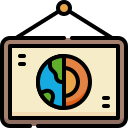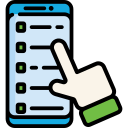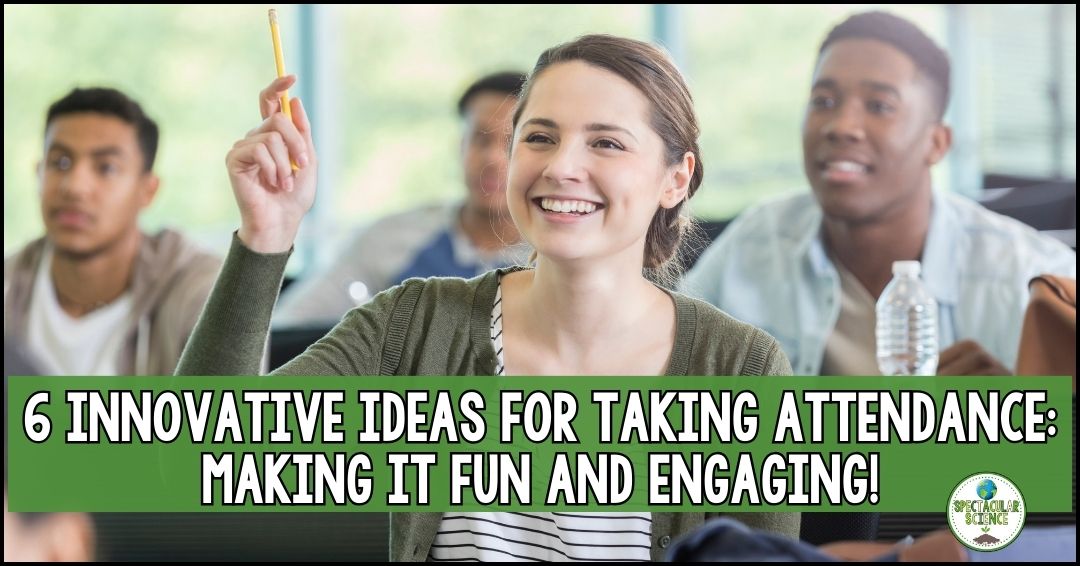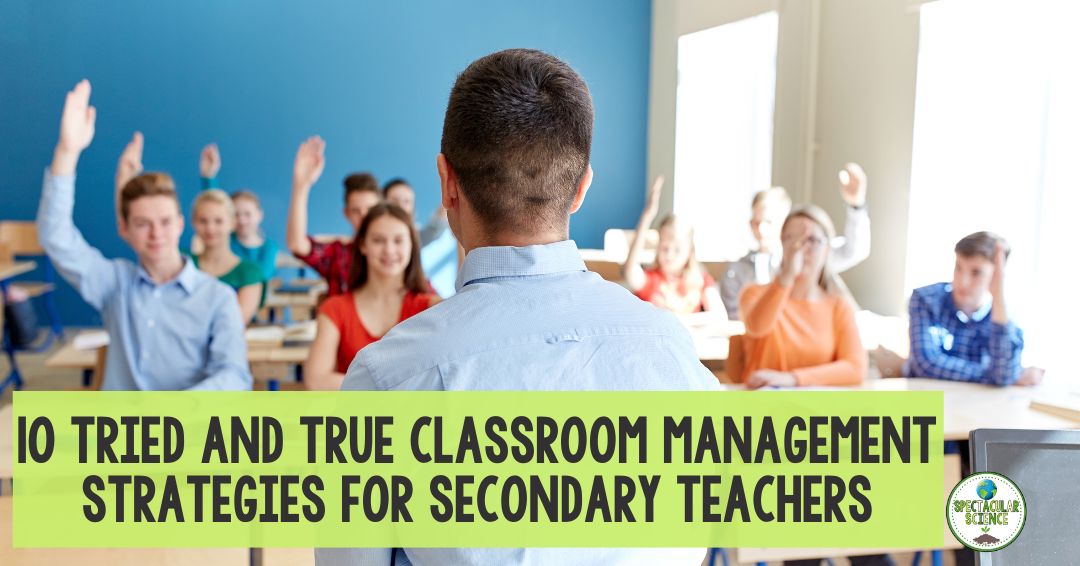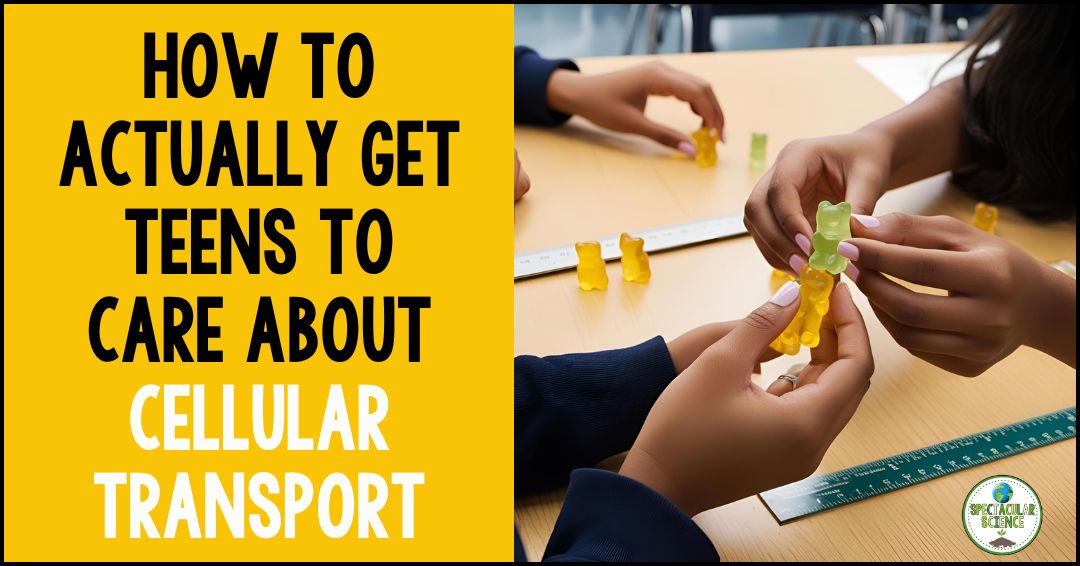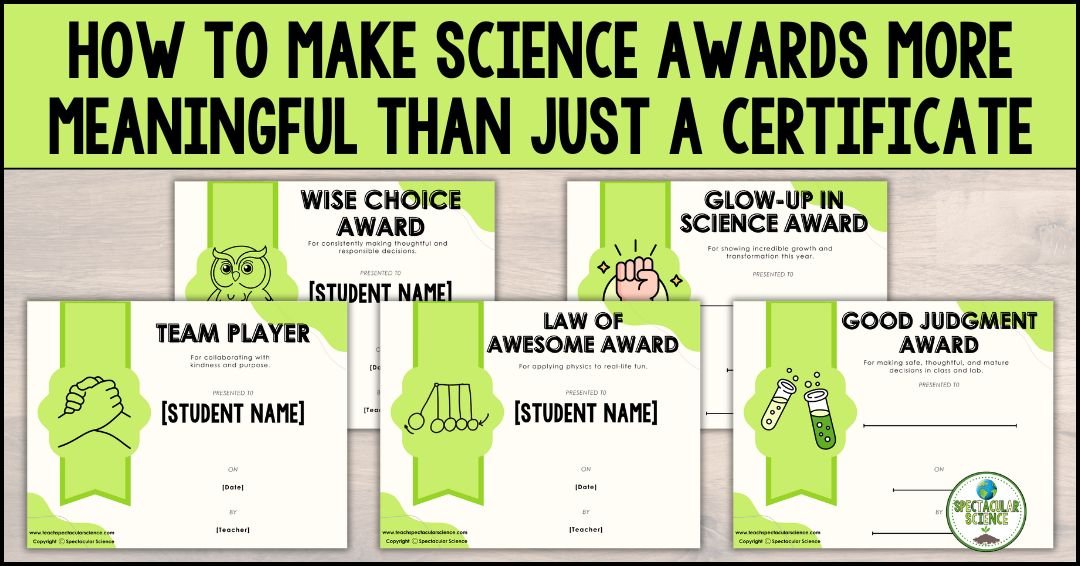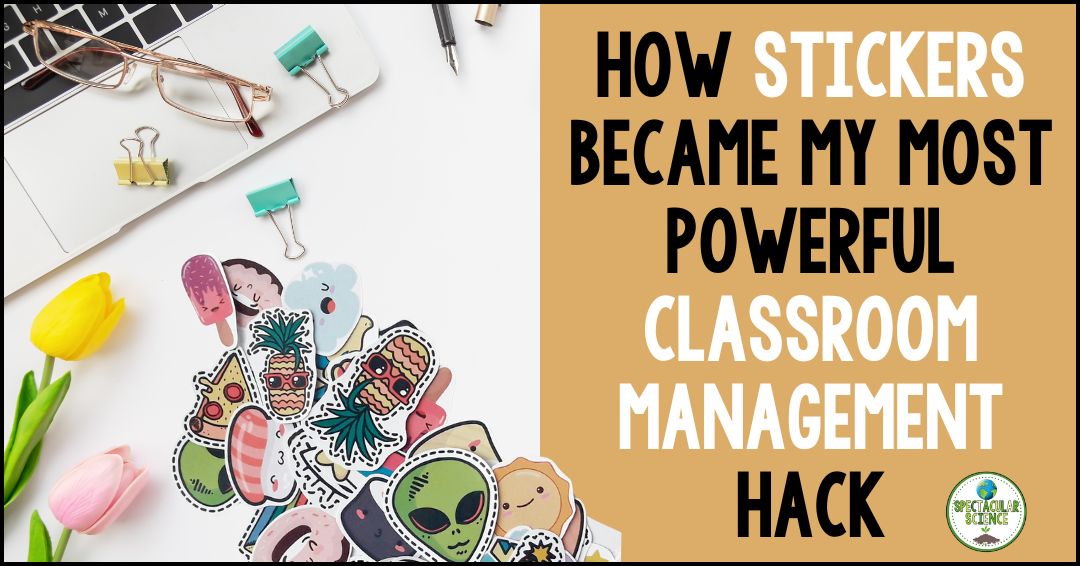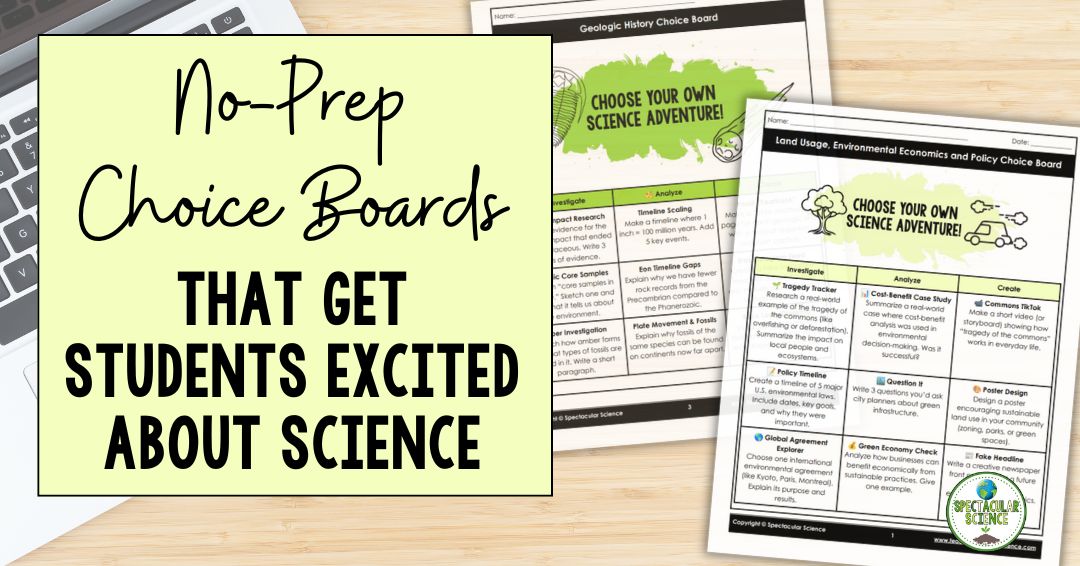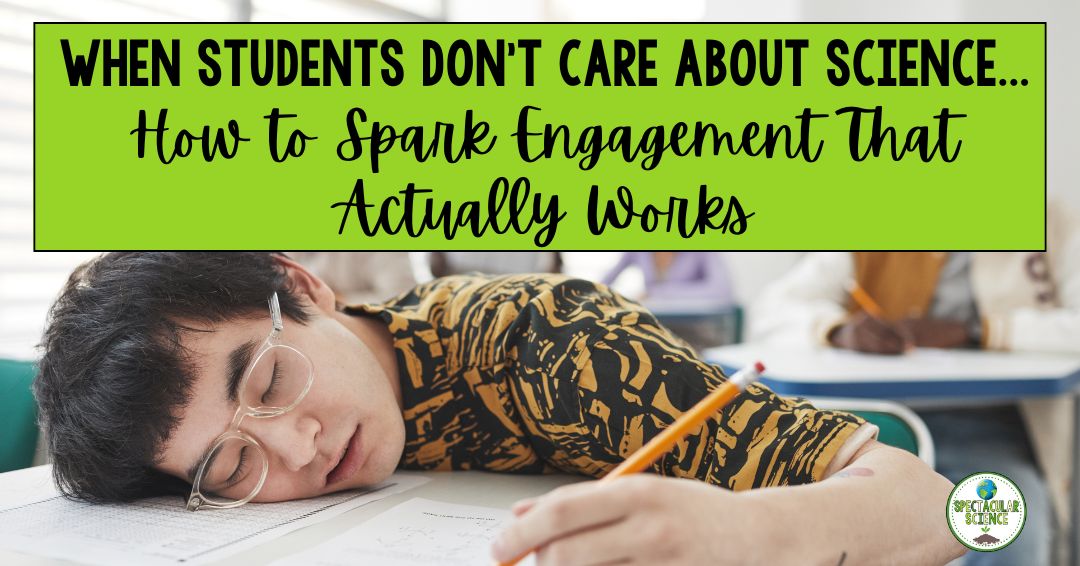
Let’s be real—whether it’s a last-minute sick day, a professional development workshop, or just a well-earned mental health day (yes, please!), being out of the classroom can feel chaotic. The biggest worry? Making sure the learning doesn’t come to a screeching halt.
And let’s be real: science isn’t always the easiest subject for a substitute teacher to jump into—especially if they’re more comfortable in other content areas.
But with a little planning (and a few ready-to-go ideas), you can make your classroom practically sub-proof—and ensure your students keep learning while you’re away.
Here’s your go-to guide for setting up any substitute teacher for success—and keeping your science classroom running smoothly, even when you’re not there.
1. Leave Clear, Simple Lesson Plans (But Don’t Overcomplicate It)
Yes, subs need details—but that doesn’t mean a 10-page document. Think quality over quantity. Keep your sub plans clear, structured, and easy to follow, even if your sub isn’t a science whiz.
Include:
- The what (objective)
- The how (steps for delivering the lesson)
- Student expectations (independent? group work? tech required?)
- What to collect at the end of class
Pro tip:
Stick to routines students already know. If they’re used to bell ringers, group work, or stations—build that into your sub plans.
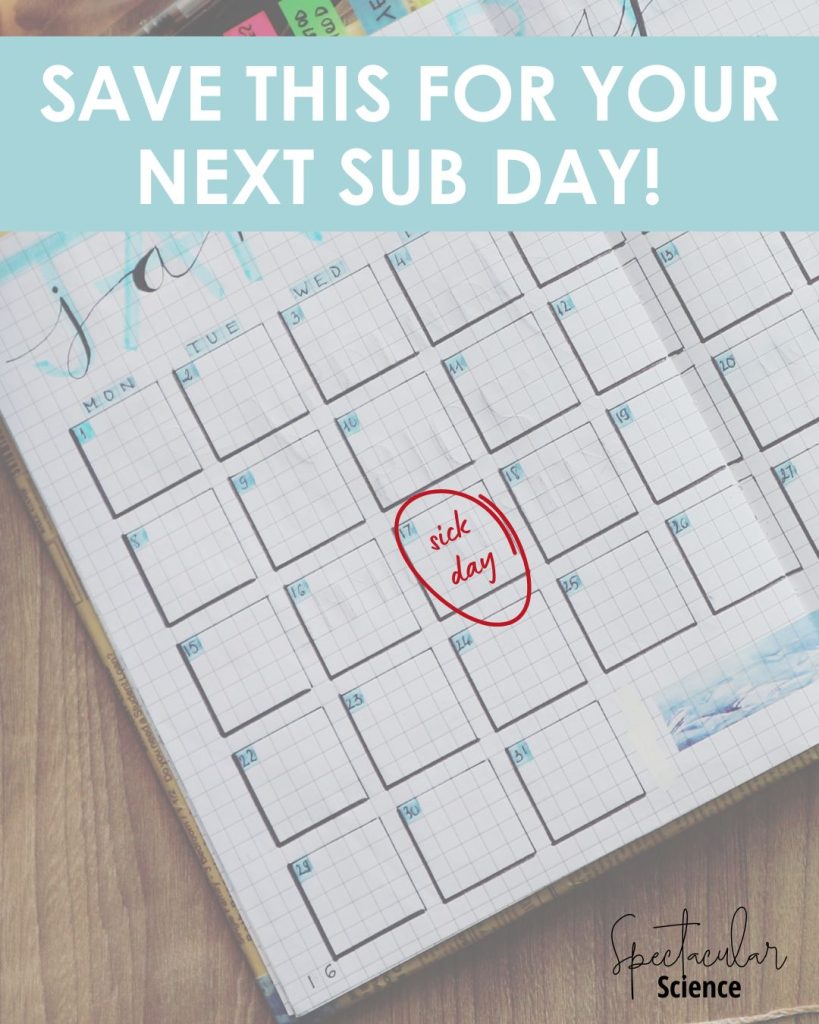
2. Use Review and Routine-Based Lessons
If you’re worried the content might be too specific for a non-science sub, fall back on high-engagement, low-risk assignments that reinforce key skills.
Here are a few no-prep favorites:
Current Events Assignments
Students choose a science-related news article and complete a structured analysis. It strengthens reading comprehension, connects to real-world science, and promotes critical thinking. Perfect for a quiet, independent class day. Want a copy? I’ve got versions for astronomy, biology, earth science, and environmental science.
Science Trivia Challenge
Give students a mix of challenging and fun science trivia questions. They can work in pairs or groups using classroom resources to find the answers. Bonus: it promotes collaboration and research skills.
Virtual Field Trips
Pick a site that aligns with your current unit—like volcanoes, ocean floors, or NASA labs. Students can watch and respond to pre-set prompts, reflect in a journal, or complete a graphic organizer. Here’s a post on how to start using them in your classroom.
Team Simulation: The Spaceship Activity
Students are faced with an end-of-the-world scenario and must decide who to take on a spaceship to start a new civilization. They’ll use logic, reasoning, and teamwork—and it sparks serious engagement. A student-fave for sure!
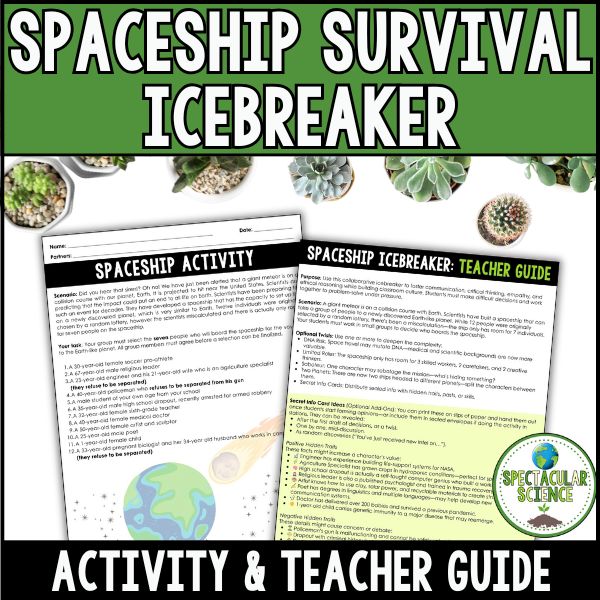
3. Prep an Emergency Sub Binder (Your Future Self Will Thank You)
A well-stocked sub binder or digital folder is a total lifesaver—especially for unplanned absences. Here’s what to include:
- Class rosters and seating charts (with photos if possible)
- Daily schedule and bell times
- Fire drill/lockdown procedures
- A few pre-copied backup assignments
- Login info or cheat sheets for tech (projector, logins, websites)
- Student helpers: Who to call on for routines or tech help
- A quick behavior expectations sheet
Keep a hard copy in your desk and a digital version on your computer or drive.
4. Make Materials Easy to Find (Physically and Digitally)
If your lesson involves materials or tech, set your sub up for success. This might mean:
- Leaving labeled folders for each class
- Setting up a “Sub Day” tab in Google Classroom
- Using QR codes to link to videos or digital slides
- Leaving out manipulatives or tools in clear bins with sticky notes
Trust me, even the most experienced subs can get flustered trying to locate a single HDMI cable. Label it all.
5. Coach Your Students to Be the Leaders
Before you’re out, talk with your students about their role when a sub is in the room. Set the expectation that they’ll be responsible, helpful, and engaged.
Create “Classroom Leader” roles—like a tech helper, material distributor, or timekeeper. Assign these ahead of time or leave a list in your sub plans.
You might even pre-select a few “go-to” students for the sub to rely on. These students can:
- Help take attendance
- Demonstrate class routines
- Answer basic questions about classroom systems
6. Have a Go-To List of Anytime Activities
Even with the best planning, sometimes lessons run short, tech fails, or unexpected schedule changes throw everything off. Having a stash of anytime activities ready to go ensures your students stay engaged and learning—no matter what kind of day it is. These are perfect for subs, early finishers, or even quiet catch-up days.
Here are some of my favorite no-prep, high-impact science activities that subs can confidently run:
“I Am a Scientist” Reflection Activity
Help students recognize the scientist within themselves through this reflective activity. Students connect their real-life experiences—like problem-solving, observing, and experimenting—to the habits of scientists.
Why It Works:
✔ Builds student confidence and ownership
✔ Sparks curiosity and appreciation for science
✔ Perfect as a back-to-school intro, end-of-unit reflection, or filler day
✔ No-prep and ready to print
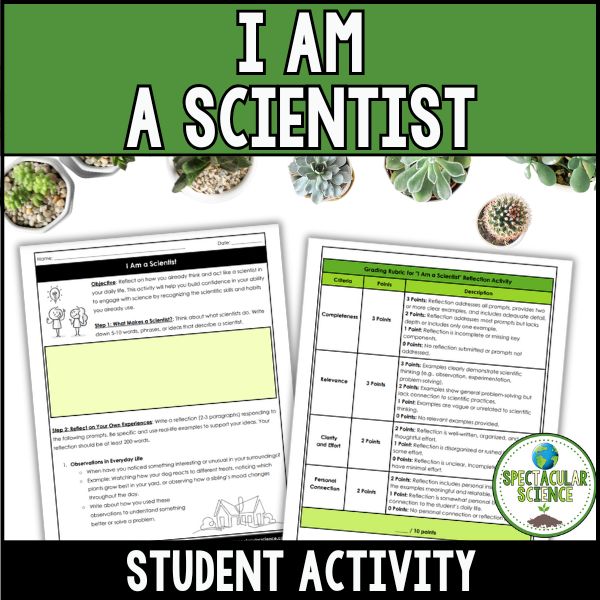
Scientific Article Scavenger Hunt
Students read a science article and “hunt” for key components like main ideas, cause/effect, new vocabulary, and evidence-based claims. You can assign articles or let students pick from teacher-approved sources.
Why It Works:
✔ Critical reading and thinking
✔ Easily differentiable by article choice
✔ Encourages real-world science connections
Draw and Explain a Concept
Give students a topic (e.g., convection currents, life cycle of a star, or erosion) and have them draw a detailed diagram and write a short explanation.
Why It Works:
✔ Combines creativity with content
✔ Great formative assessment
✔ Works for visual and verbal learners
Task Cards Review
Keep a set of science task cards on hand for quick review activities or learning stations. Students can work solo, in pairs, or small groups to complete challenges on a variety of topics like the water cycle, heat transfer, or moon phases.
Why It Works:
✔ Hands-on and interactive
✔ Encourages collaboration
✔ Low-prep and reusable

Science Mind Map
Choose a big idea (like “energy,” “weather,” or “cells”), and have students create a mind map showing related terms, examples, and processes. It’s an awesome way to check for understanding.
Why It Works:
✔ Open-ended and creative
✔ Helps students organize and connect concepts
✔ Works with any unit
Would You Rather: Science Edition
Pose fun “Would You Rather” questions with a science twist. For example, “Would you rather explore the deep ocean or walk on the Moon?” Students must explain their answer using science reasoning.
Why It Works:
✔ Fun and thought-provoking
✔ Encourages evidence-based thinking
✔ Perfect for quick discussions or written responses
All of these activities are sub-friendly, minimal prep, and high-impact—so your students keep learning, even if you’re unexpectedly out. Want to add them to your sub binder or prep kit? Let me know, and I’ll help format it into a ready-to-print resource!
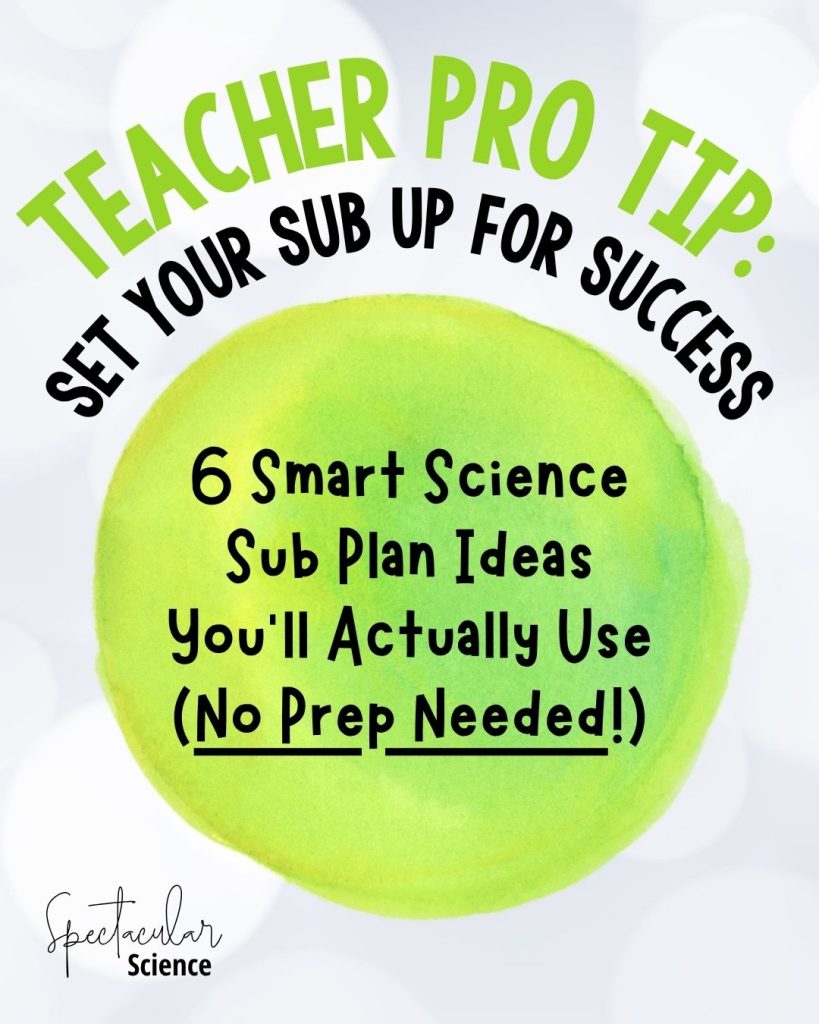
7. Ask for—and Leave—Feedback
At the bottom of your sub plans, include a quick form or note with 2-3 questions:
- How did each class period go overall?
- Any students who stood out (positively or negatively)?
- Were there any issues completing the assignment?
This helps you know if you need to follow up with students—or review expectations before your next absence.
And don’t forget to leave a quick thank-you note. Subbing is not easy, and a simple “Thanks for covering my class!” can go a long way.
8. Bonus: Train Students to Run the Room
Over time, teach your students how to lead themselves when you’re away. Build routines that are so familiar they don’t skip a beat.
Here’s what that might look like:
- A warm-up bell ringer every day (even when you’re gone)
- Weekly folders or Google Classroom posts labeled by topic
- Clear rubrics for assignments so students can self-assess
The more systems you build now, the less you’ll have to scramble later.
Final Thoughts…
You don’t need to reinvent the wheel every time you’re out. By creating a sub-ready system with clear plans, reusable no-prep activities, and organized materials, you’re not only making life easier for your substitute—you’re making it easier for YOU.
And most importantly, you’re keeping your students learning, thinking, and moving forward—whether you’re in the room or not.
Want a free current events assignment you can drop in your sub folder today?


